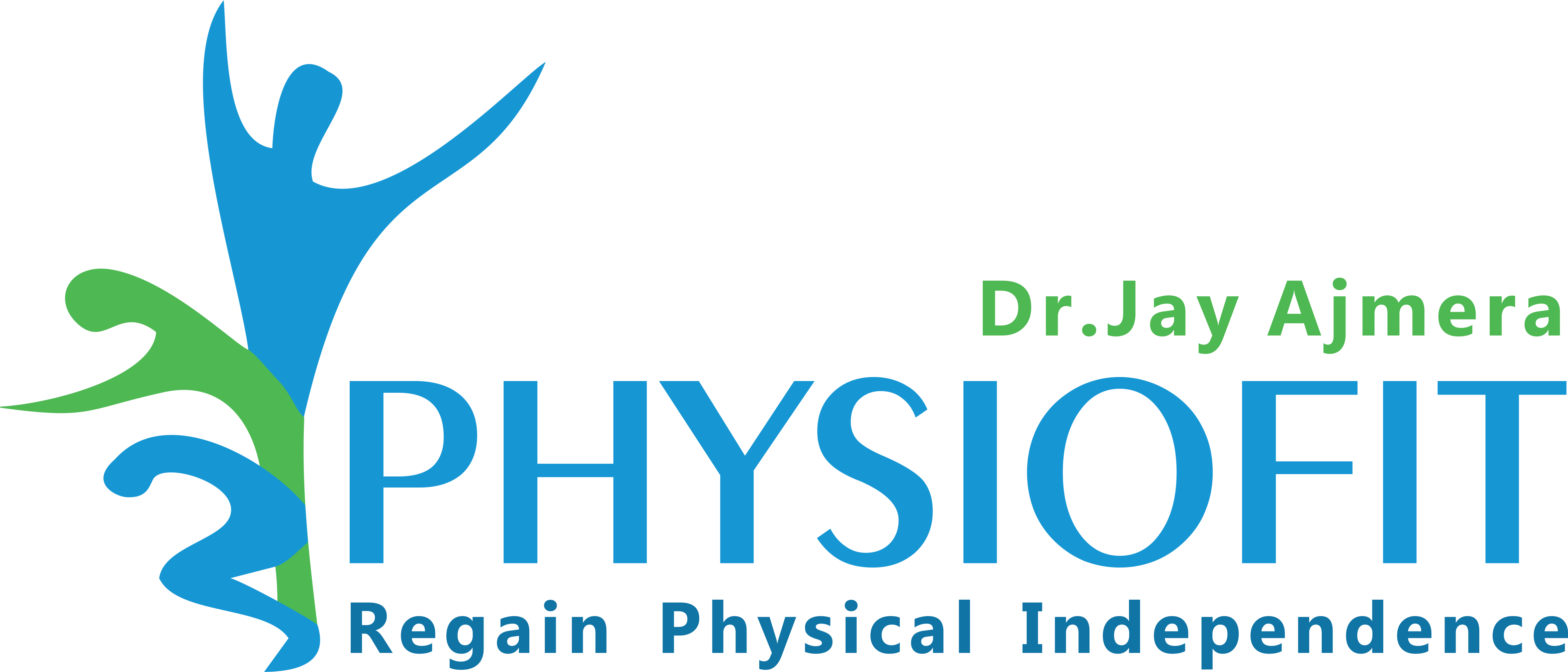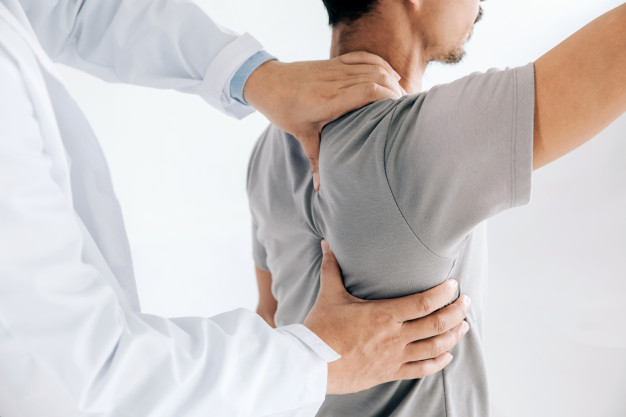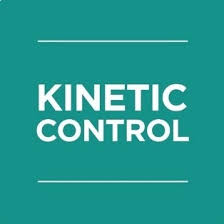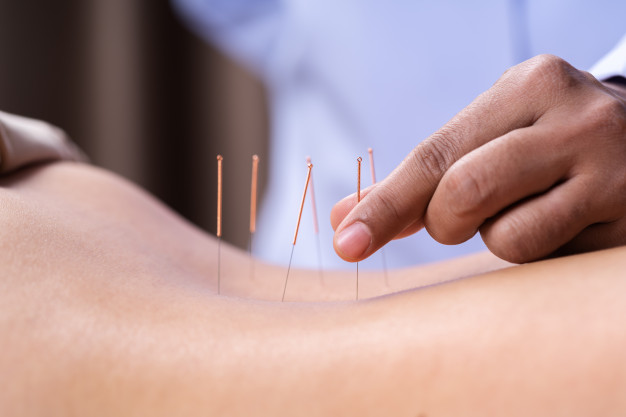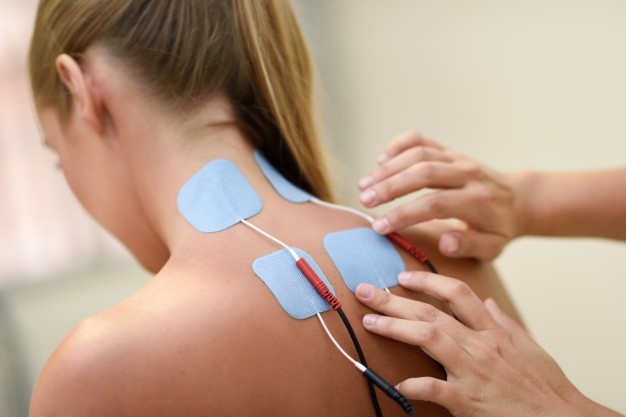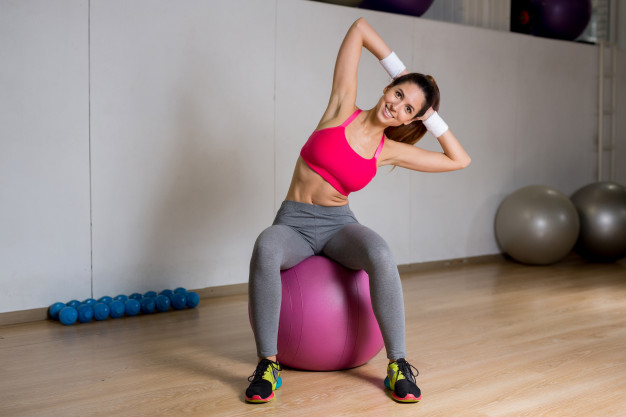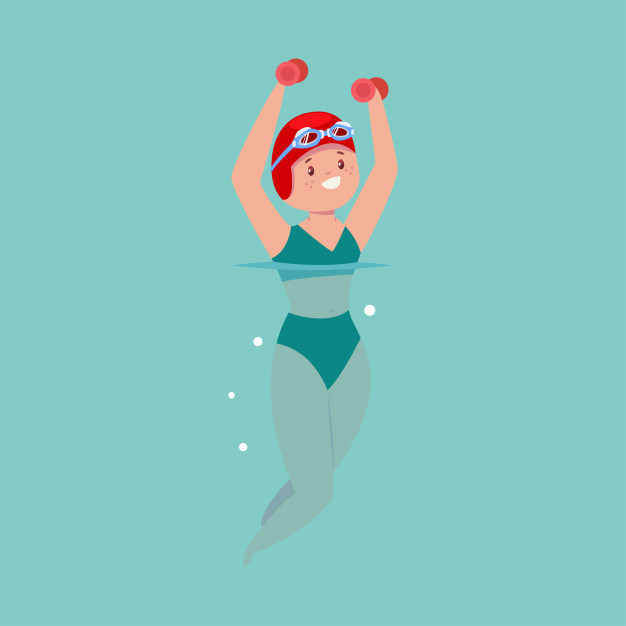Manual Therapy/Mobilisation
Manual Therapy or Mobilisation is a technique used in Physiotherapy to help in reducing impairment and any malalignment that may have caused due to Trauma, Repetitive strains and Degenerative changes. Physiofit provides its patients with appropriate techniques to help patients recover faster. The Mobilisation principles that we use are:
Mckenzie, Cyriax, Kaltenborne, Maitland, Movement Impairment training etc.
Kinetic Control (Orthopedic Rehabilitation)
Kinetic Control is a technique which determines uncontrolled movement of major joints of our body. A thorough assessment, diagnosis and a comprehensive clinical reasoning will be carried out to evaluate the factors responsible for the problems. Each movement are carried out in different ways to perform any functional task (e.g picking up glass of water from floor) by using different group of muscles.
Patients often have symptoms like Pain, Paraethesias, Weakness, Stiffness, Instability, Numbness, Heaviness, Tingling sensations, hot cold, nausea etc. All of these symptoms are often linked with movement dysfunction or uncontrolled movement and hence identifying classifying these movement faults is essential. At Physiofit, our Physiotherapist are trained for this technique of using specific Task Based Exercises.
Dry Needling
Dry Needling is a treatment method where a sterile, fine filament and single-use needle is used to release myofascial trigger points (muscle knots); pain management, and restore joint movement caused by myofascial trigger points. Dry needling is carried out at superficial or deep tissue level. Dry needling is aimed at Myofascial Trigger Points (MTrP) that are hyperirritable spots in skeletal muscles, that are caused due to Injuries, Muscle Cramps/Pull, Prolong Postures, Nutritional Deficiencies etc.
Conditions that are specifically treated with Dry Needling Are Cervical Spondylitis, Acute Lumbar Strains, ITB Syndrome, Sciatica etc.
Our experienced physiotherapist at Physiofit always make sure that patient suffers minimal pain during dry needling procedure. Dry Needling expedites the entire course of treatment and helps in inhibiting or activating certain trick movements which is usually the cause of the pain.
Electro-Therapeutic Modalities
Electrotherapeutic Modalities are devices used in Physiotherapy to reduce pain, improve circulation, repair tissues, strengthen muscles, and promote bone growth, leading to improvements in physical functioning. These Machines are often used in the initial stages of Physiotherapy where the patient is in discomfort and once the pain and patient settles down, the frequency of the Electrotherapy sessions reduce replacing with Exercises to cope with your pain.
There are various Electrotherapeutic Modalities that are used by us at Physiofit like Ultrasound, TENS, Interferential Therapy, etc.
Pilates
Pilates is an exercise approach used by Physiotherapists to develop Core Muscles and Stability of the Joints. It is a series of exercises which help in strengthening and developing a good control to ensure that the function is restored. Pilates can be done simply on a Mat or can be equipment based like Reformer, Cadillac, Trapeze, Wunda Chair and Motr. There are nine fundamentals of Pilates Exercise which are as follows Breathing, Concentration, Control, Centring. Precision, Balanced Muscle Development, Rhythm Flow, Whole Body Movement, Relaxation.
- Establish Core Strength and Stability
- Helps to Get Joints Healthy
- Improves Strength, Balance, Flexibility Coordination and Posture
- Increases Lung Capacity and Breathing Control
- Awareness and Control over your body movements.
At Physiofit, we cater a therapeutic mixture of Physiotherapy and Pilates to our patients and offer a comprehensive program based on their requirements. Pilates is a form of low impact exercise that aims to achieve your fitness goals. Hence, during the acute pain also, it helps in achieving your ability to perform exercise using body weight/gravity assisted or resisted movements. It is a full body exercise method and helps you bring a change in your body every session.
Aqua Physiotherapy
Hydrotherapy (also known as Aquatic Therapy) is exercises in warm water. The unique properties of warm water can improve movement of stiff or swollen joints, reduces muscle spasm provide relaxation, strengthen weak muscles and alleviate aches and pains. Water boasts unique properties which aide both therapy and fitness and is particularly beneficial for those who cannot comfortably rehabilitate or work out on land. An aquatic program is often a stepping stone for patients to progress onto gym or land based exercise programs. Increased buoyancy (opposite to gravity) enables more exercise than is permitted on land. Increased temperature and hydro static pressure promote increases in circulation and flexibility and reduces in swelling.
What conditions can Hydrotherapy benefit?
Some of the many conditions that can benefit from an individualized Hydrotherapy program include:
- Back Pain, Knee Pain, Joint stiffness
- Tendinopathies
- Balance/coordination problems
- Shoulder and arm pain
- Osteoarthritis
- Rheumatoid Arthritis & Fibromyalgia
- Ankylosing Spondylitis
- Parkinson’s Disease
- Rehabilitation after bone fractures, joint replacement or tendon repair
Taping
Taping is a form of strapping commonly used as an adjunct or temporary technique to achieve better movement and function. . It is used very Often in Orthopedic and Sports Management as a protective mechanism to restrict movement of injured joints, soft tissues compression to reduce swelling and support anatomical structures. It is also used as a First Aid Tool for the prevention and protection of an injured body part to allow healing. There are various types of Taping used by Physiotherapist like Rigid Taping, Dynamic Taping, Mulligan Taping etc. However the ultimate aim of Taping is to
Tape be used to:
- Stabilize or support an injury
- relieve pain by de-loading vulnerable or painful structures
- facilitate normal movement, muscle action or postural patterns.

